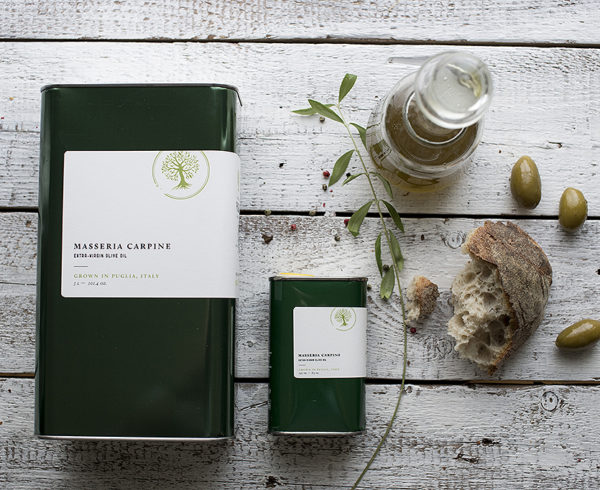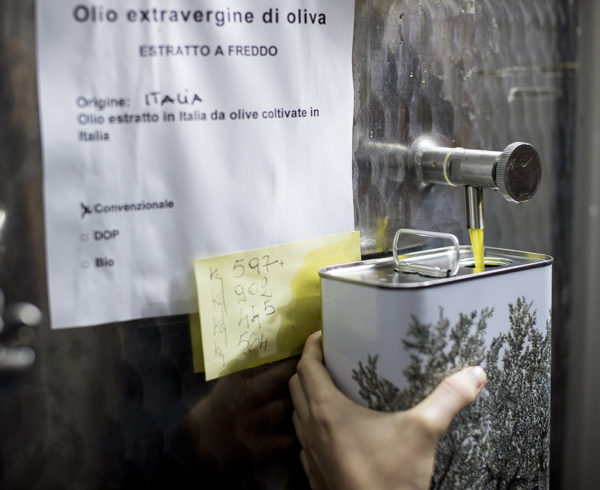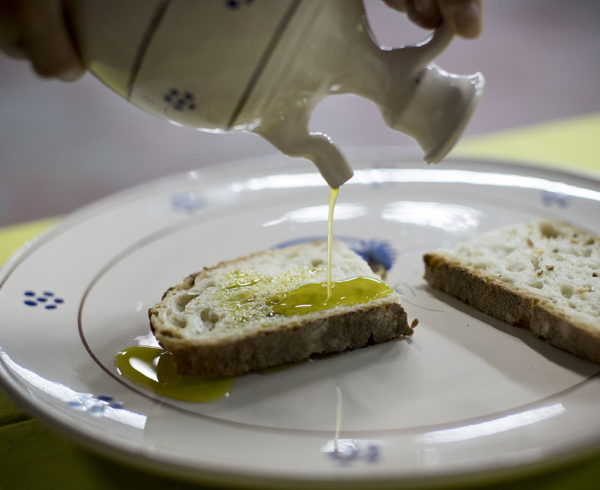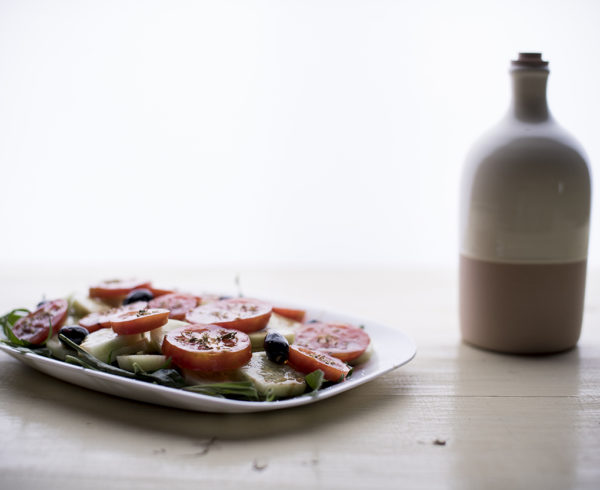Objective tasting assessments have as much bearing on the Italian olive-oil industry as they do on the Italian wine industry. Similar to the Court of Master Sommeliers, which improves the standards of wine service in restaurants and hotels, Italy's Organizzazione Nazionale Assaggiatori Olio di Oliva, or the National Organization of Olive Oil Tasters (ONAOO), uses unbiased sommeliers and a high degree of scientific rigor to improve the standards of olive-oil quality for producers, distributors and consumers alike.
But just like you don't have to be a sommelier to taste wine, you also don't need to be one to taste olive oils either! With this guide, you will learn how to assess olive oil quality like a pro.
ONAOO and Italian Olive Oils
Founded in 1983, ONAOO has trained over 300,000 students in the official method of olive-oil sensory evaluation, making the sommelier a vital player in quality assurance. Do you need to travel to ONAOO in Imperia to learn how to evaluate and savor premium extra-virgin olive oils? Of course not. But knowing the basics of olive-oil evaluation, which you can learn at home, is a fundamental skill of every connoisseur, particularly in the U.S., where deceptive labeling and lack of a centralized quality-assurance authority can make informed purchasing particularly challenging.
A host of factors distinguish Italian olive oils from other internationally produced olive oils. Differences in terroir, topography, and climate of the olive's growing region, along with the sheer number of olive varieties to choose from, results in a wide variety of flavor profiles from one olive oil to the next. One can use an aroma wheel to describe an olive oil's unique characteristics, not unlike that used to describe the profile of a wine.
Olive variety plays as important a role in the taste and aroma of an olive oil as its production method. For example, by working directly with farmers in Northern Puglia, we have unfettered access to premium olive varieties, such as Peranzana, Santa Caterina and Coratina, which we use to craft small-batch, artisanal extra-virgin oils of the highest order.
Get Tasting!
Always taste our small-batch oils before using them in a recipe or dish. A quality assessment will not only help you distinguish a high-quality oil from a subpar or rancid oil, but will also give you an idea of what kind of dishes to use it in.
While the olive-oil tasting technique largely mirrors that of wine tasting, you'll find olive oil's viscosity influences how you perceive flavor sensations—they tend to linger longer on the palate and in the finish. When tasting more than one variety of oil, cleanse your palate with water and a neutral food, such as unsalted water crackers or bread. Enjoy your olive oil as soon as possible after opening for the best taste and aroma.

See our varieties
At Especially Puglia, we offer extra virgin olive oils from seven independent family-run farms in Puglia. Take a look at our farms and olive oil varieties here. Each olive oil is listed with information on the farm and the best way to use it in your recipes at home.





